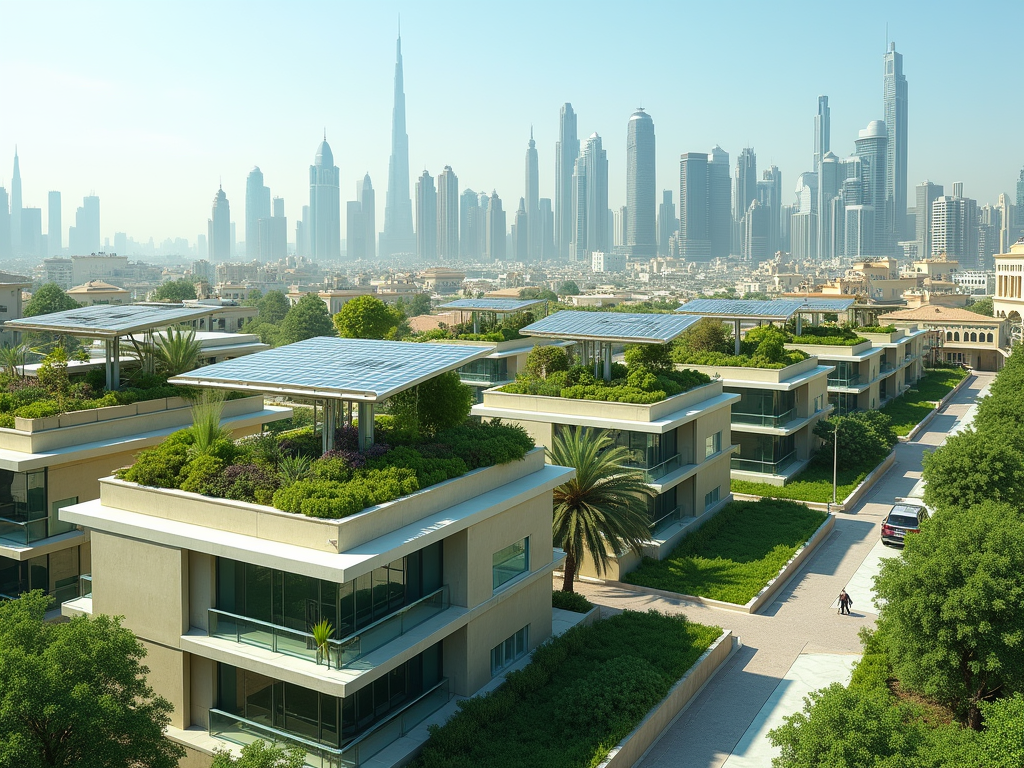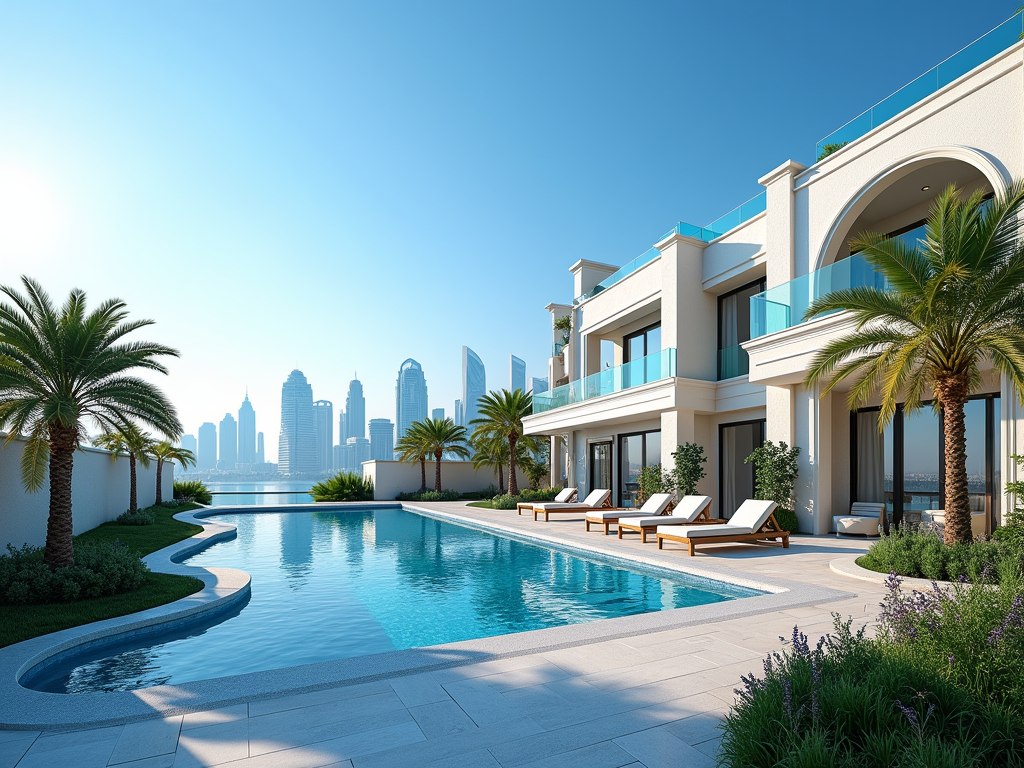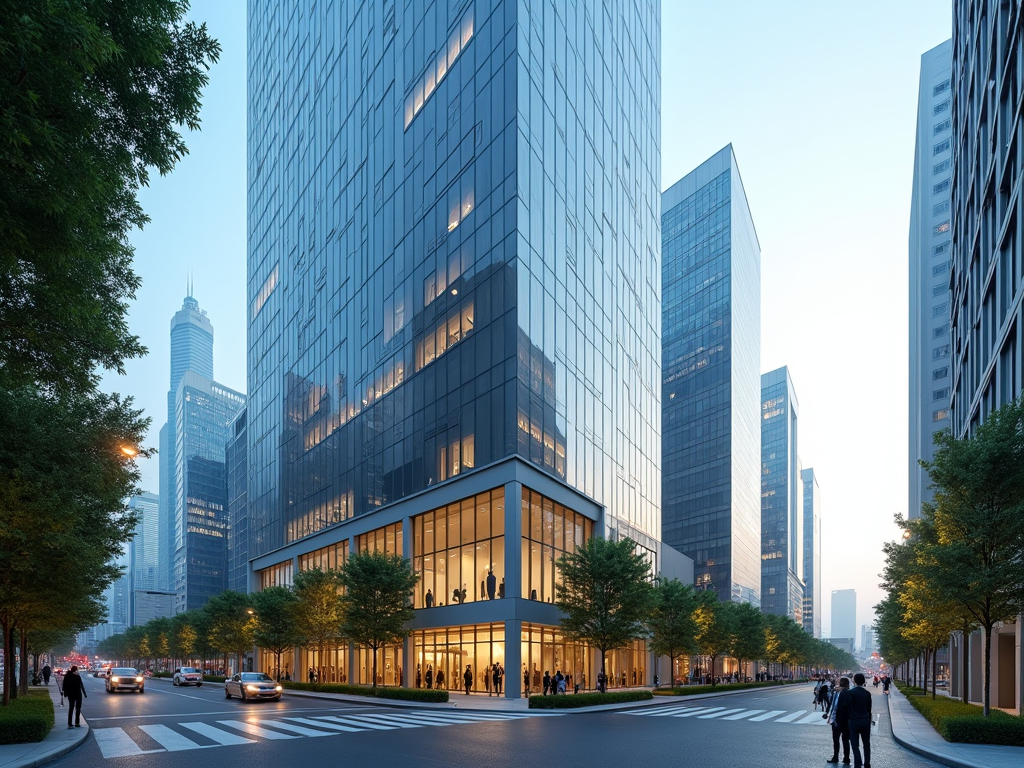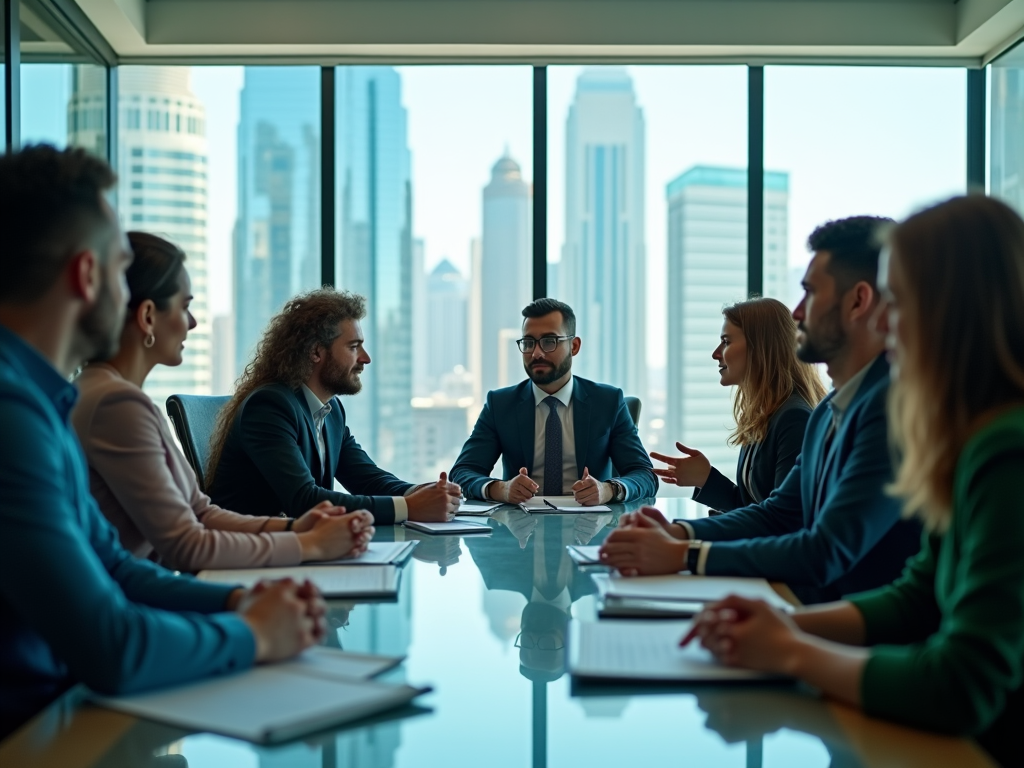The future of green buildings in Dubai signifies a monumental shift towards sustainability, reimagining urban living in a city known for its extravagant skyscrapers and dynamic architecture. As global awareness of climate change grows, Dubai’s commitment to creating environmentally-friendly structures has become a central aspect of its urban planning. The integration of green technologies, efficient energy use, and sustainable materials reflects the city’s aspirations to align with global sustainability goals. This article dives into the advancements in green building practices, the benefits they offer, the technological innovations driving them, and the potential challenges ahead.
Advancements in Green Building Practices
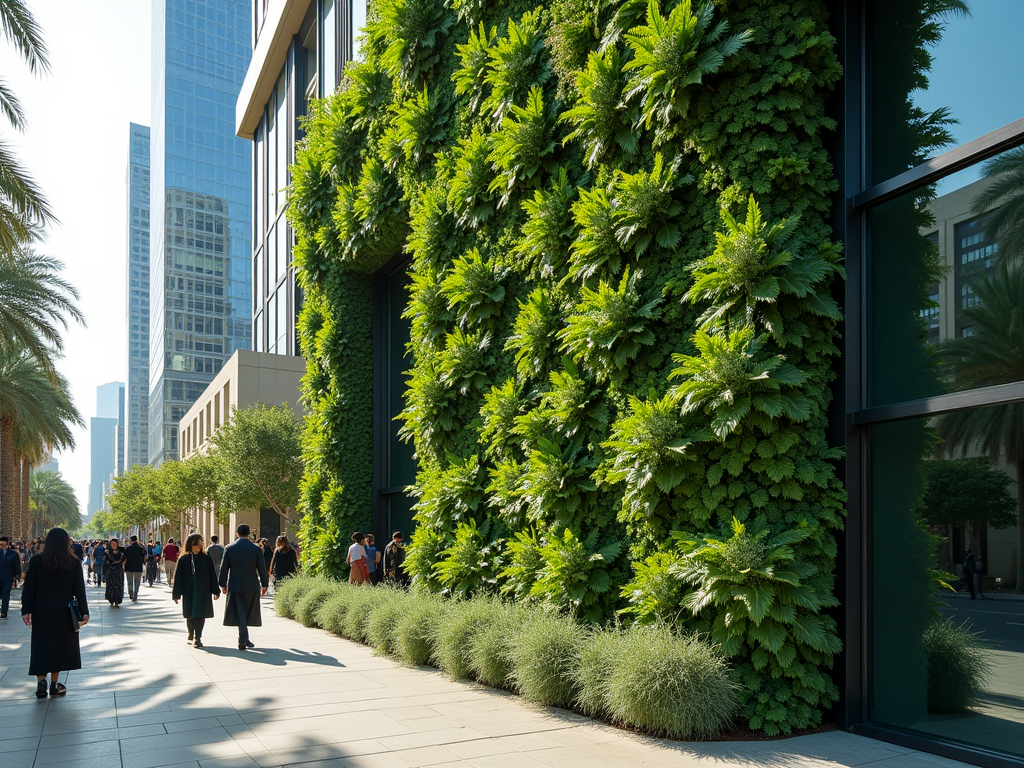
Dubai is witnessing a transformation in its building practices, pioneering various strategies that embrace sustainability. These advancements are propelled by government regulations, international standards, and innovative design approaches. Key strategies include:
- Energy Efficiency: Buildings are designed to reduce energy consumption through advanced insulation, energy-efficient HVAC systems, and smart grid technologies.
- Sustainable Materials: The use of recycled and locally sourced materials minimizes the carbon footprint associated with construction.
- Water Conservation: Techniques such as rainwater harvesting and greywater recycling systems are increasingly implemented.
- Green Roofs and Walls: The incorporation of vegetation helps insulate buildings, reduces heat absorption and contributes to urban biodiversity.
- Smart Technologies: Integration of IoT in buildings aids in efficient resource management, allowing for real-time monitoring and adjustments.
Benefits of Green Buildings
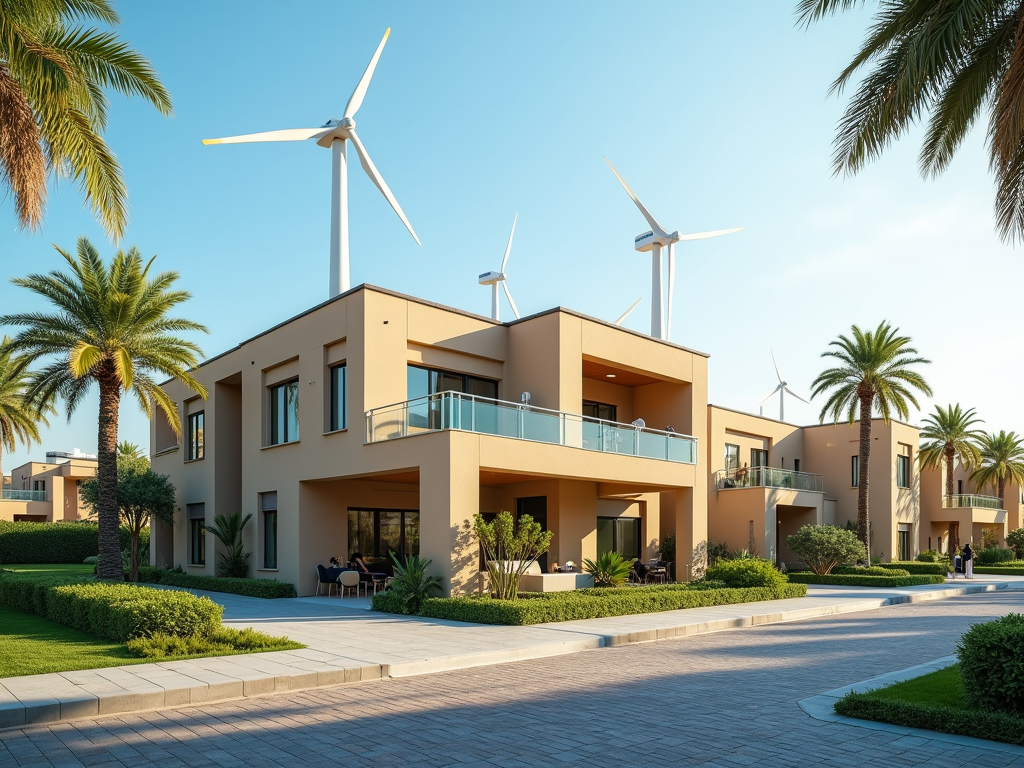
Investing in green buildings presents a multitude of advantages that extend beyond environmental benefits. These include:
1. Cost Savings: Although initial investments can be higher, energy-efficient systems and materials lead to significant long-term savings on utility bills.
2. Improved Health: The implementation of better air quality standards and natural light reduces health-related issues among occupants.
3. Enhanced Property Value: Green certifications (like LEED) can increase property values and attract higher rental premiums.
4. Urban Resilience: Sustainable designs promote resilience against climate extremes, enabling cities to better cope with environmental stresses.
5. Community Engagement: Green buildings often foster a sense of community and well-being, enhancing the quality of life for residents and workers.
Advancements in technology play a pivotal role in the evolution of green buildings in Dubai. Various innovations are driving the move towards more sustainable urban environments:
1. Building Information Modeling (BIM): This technology allows architects to create accurate 3D models of buildings, facilitating optimal design and energy performance analysis.
2. Renewable Energy Systems: The integration of solar panels, wind turbines, and geothermal systems helps buildings become self-sufficient in energy consumption.
3. Smart Home Technologies: Automation systems enable users to remotely control energy usage, thereby maximizing efficiency.
4. Advanced Materials: Innovations such as self-healing concrete and phase-changing materials promote durability and energy efficiency.
5. Vertical Farming Systems: Some new buildings incorporate vertical gardens, which not only provide food but also enhance indoor air quality.
Challenges Ahead
Despite the tremendous progress being made, several challenges still hinder the widespread adoption of green building practices in Dubai. These challenges include:
1. High Initial Costs: The cost of green technologies can be prohibitive for both developers and consumers.
2. Lack of Awareness: Many stakeholders are still unaware of the benefits and functionalities of green buildings, which affects market demand.
3. Regulatory Barriers: Existing building codes may not always accommodate innovative green technologies.
4. Skills Gap: There is a need for more skilled labor to efficiently implement and maintain green building systems.
5. Market Competition: Conventional building practices remain popular and could overshadow sustainable initiatives if not given adequate support.
Conclusion
The future of green buildings in Dubai looks promising as the city navigates the path of sustainable urban development. Embracing environmentally conscious practices not only addresses pressing climate challenges but also creates a healthier and more efficient living environment for its residents. Through ongoing technological innovations, supportive policies, and public awareness, Dubai can set a global example in sustainable architecture. The commitment to green building practices will ultimately contribute to a more resilient and sustainable future for the city and its inhabitants.
Frequently Asked Questions
What is a green building?
A green building is designed, constructed, and operated to minimize environmental impact while maximizing resource efficiency, including energy, water, and materials.
How do green buildings save energy?
Green buildings save energy by using energy-efficient appliances, optimal insulation, renewable energy sources, and smart technologies that monitor and manage energy use.
Are green buildings expensive to build?
While the initial costs can be higher, green buildings often lead to significant savings in operational costs, making them financially beneficial in the long run.
What are some examples of green building materials?
Examples of sustainable building materials include bamboo, reclaimed wood, recycled steel, and low-VOC paint.
How does Dubai support green building initiatives?
Dubai supports green building initiatives by implementing regulations, offering financial incentives, and promoting certifications like the Estidama Pearl Rating System.
